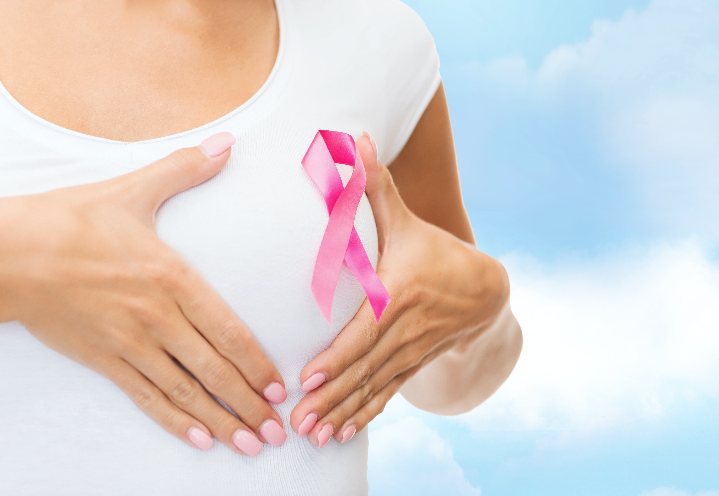Here’s What You Need to Know About Mammograms & Self-Exams
Writer / Dr. Jennifer Medley, Radiologist at IU Health West Hospital
October is Breast Cancer Awareness Month, and in the United States alone, 1 in 8 women will develop invasive breast cancer throughout her lifetime. The good news is that breast cancer is often very treatable if detected early. There are two easy and effective ways to catch breast cancer early: scheduling mammograms and performing at-home self-breast examinations.
Mammograms
A mammogram is an x-ray of the breast that is used to help find breast cancer. It can often find breast changes related to cancer years before physical symptoms develop. Having yearly mammograms can help find breast cancer early which reduces the risk of dying by more than 30%. When breast cancer is found at an early stage, treatment is often more successful. IU Health breast specialists follow the screening recommendations for breast cancer from the American College of Radiology and Society of Breast Imaging, which recommends annual screening for women of average risk beginning at age 40. The American Cancer Society and U.S. Preventive Services Task Force agree that this approach saves the most lives. You may need to start yearly mammograms sooner if you have a strong family history or other risk factors.
Self-Breast Examinations
No one knows your body as well as you do, so performing self-exams regularly will help you understand the normal look and feel of your breasts, and you’ll be more likely to notice a change or abnormality. Specifically, you should check for:
- New lump in the breast or underarm
- Thickening or swelling part of the breast
- Irritation or dimpling of breast skin
- Any change in the size or shape of the breast
- Pain in any area of the breast
Try to get into the habit of doing a self-breast examination around the same time once a month, to familiarize yourself with how your breasts normally look and feel. You can do an exam in the shower, in front of a mirror or lying down. By knowing your breasts and understanding potential signs of breast cancer, you’ll be able to more quickly report any changes to your doctor for further examination. And, the earlier you find an abnormality and seek help from a medical professional, the quicker you’ll be able to receive treatment if needed.







Comments 2